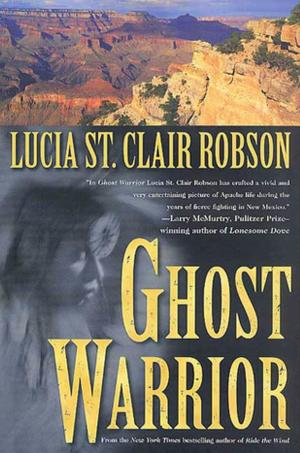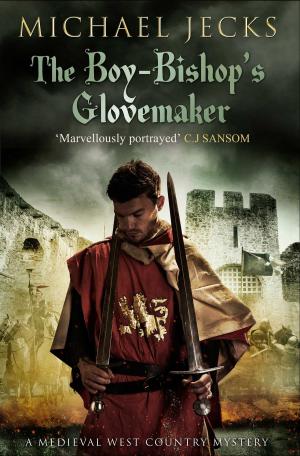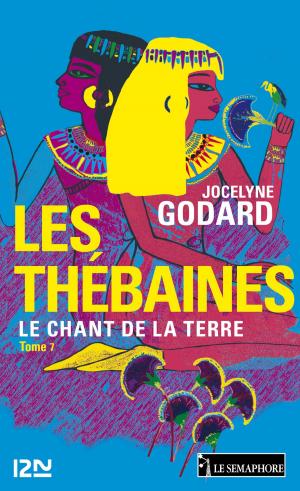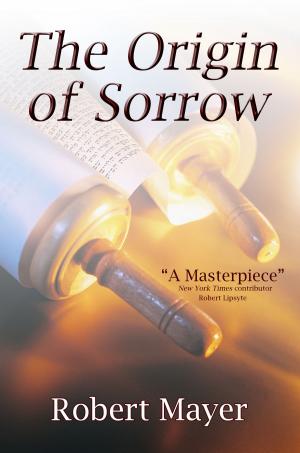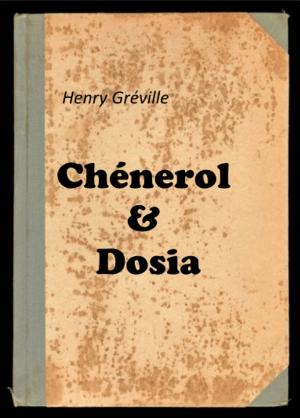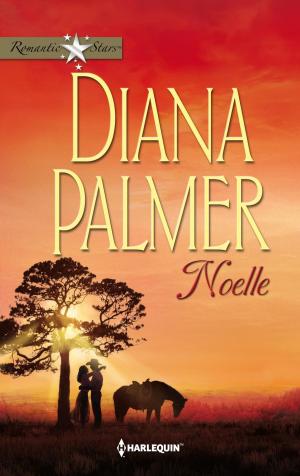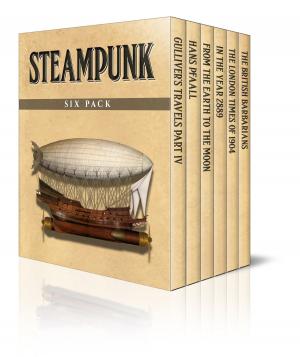Once Upon a Time in a Crystal Cave
Nonfiction, Science & Nature, Science, Earth Sciences, Mineralogy, Biography & Memoir, Historical| Author: | Roger Russell | ISBN: | 9781311923172 |
| Publisher: | Roger Russell | Publication: | October 28, 2013 |
| Imprint: | Smashwords Edition | Language: | English |
| Author: | Roger Russell |
| ISBN: | 9781311923172 |
| Publisher: | Roger Russell |
| Publication: | October 28, 2013 |
| Imprint: | Smashwords Edition |
| Language: | English |
Copper has been mined at a site in the North of Namibia since ancient times. People reputedly came from all over the world; as far afield as Rome and England to buy the precious metal. The ore body was laid down by volcanic activity followed by water infiltration and other geological events. The rock containing mineral value has now been followed far down into the ground and all the way, as it was mined deeper and deeper, pockets containing beautiful crystal specimens have been opened up by miners. The deposit contains well over 150 types of minerals which have come together in rare and exotic mixes to produce unique pieces that are sought after by collectors across the world. The Tucson annual minerals show even produced a magazine one year dedicated to the specimens found there entitled “Tsumeb – The Unique Orebody”. The orebody is permeated by water and this has been an agent of immense good fortune; hollowing out small and large pockets of space in the host rock. But the water has done more than this; it has combined minerals and allowed crystals to grow in a profusion of colours, shapes and sizes. These crystals, if properly removed and presented can be worth thousands of dollars each. An entire industry, not as well-known but just as lucrative as that of precious stones has arisen around the sale and collection of specimens. The collection of mineral specimens from their host rock is an art and quickly learned by otherwise often coarse and unfeeling mining men. These men often come to the mine deliberately to seek out the crystals but sometimes discover crystal fever when they get there. The work consists of three short stories which attempt to provide three different viewpoints on the mine and the lives of some of the people attracted to it by dreams of wealth or sent to it by more practical ambitions. The first presents an environmental conundrum; without the mine the pockets will never be seen, The crystals could never provide sufficient income on their own to justify mining at these depths. Without the rough and ready mining men; there will be no crystals. Without great care and sensitivity; there will be no preservation of beauty. As always profit forces solutions. The second tale describes the reality of a big find with all of the wheeling and dealing of an informal system developed over years by the mining men and accepted by the buyers of crystals. These buyers come from all over the world to provide quick and ready cash for good specimens, sometimes taking substandard pieces just to keep the market strong. The final story is more personal and looks at the interaction between three different characters, each with an approach to the ethos of mineral gathering that clearly sets them apart from each other. The intention of all three stories is to present a unique situation that will probably never be repeated and is at the same time worthy of recording for the world to come. The events described occurred in the early eighties, sometime before the mine closed forever. The whole experience was more than interesting it was a part of life one could be proud of.
Copper has been mined at a site in the North of Namibia since ancient times. People reputedly came from all over the world; as far afield as Rome and England to buy the precious metal. The ore body was laid down by volcanic activity followed by water infiltration and other geological events. The rock containing mineral value has now been followed far down into the ground and all the way, as it was mined deeper and deeper, pockets containing beautiful crystal specimens have been opened up by miners. The deposit contains well over 150 types of minerals which have come together in rare and exotic mixes to produce unique pieces that are sought after by collectors across the world. The Tucson annual minerals show even produced a magazine one year dedicated to the specimens found there entitled “Tsumeb – The Unique Orebody”. The orebody is permeated by water and this has been an agent of immense good fortune; hollowing out small and large pockets of space in the host rock. But the water has done more than this; it has combined minerals and allowed crystals to grow in a profusion of colours, shapes and sizes. These crystals, if properly removed and presented can be worth thousands of dollars each. An entire industry, not as well-known but just as lucrative as that of precious stones has arisen around the sale and collection of specimens. The collection of mineral specimens from their host rock is an art and quickly learned by otherwise often coarse and unfeeling mining men. These men often come to the mine deliberately to seek out the crystals but sometimes discover crystal fever when they get there. The work consists of three short stories which attempt to provide three different viewpoints on the mine and the lives of some of the people attracted to it by dreams of wealth or sent to it by more practical ambitions. The first presents an environmental conundrum; without the mine the pockets will never be seen, The crystals could never provide sufficient income on their own to justify mining at these depths. Without the rough and ready mining men; there will be no crystals. Without great care and sensitivity; there will be no preservation of beauty. As always profit forces solutions. The second tale describes the reality of a big find with all of the wheeling and dealing of an informal system developed over years by the mining men and accepted by the buyers of crystals. These buyers come from all over the world to provide quick and ready cash for good specimens, sometimes taking substandard pieces just to keep the market strong. The final story is more personal and looks at the interaction between three different characters, each with an approach to the ethos of mineral gathering that clearly sets them apart from each other. The intention of all three stories is to present a unique situation that will probably never be repeated and is at the same time worthy of recording for the world to come. The events described occurred in the early eighties, sometime before the mine closed forever. The whole experience was more than interesting it was a part of life one could be proud of.

